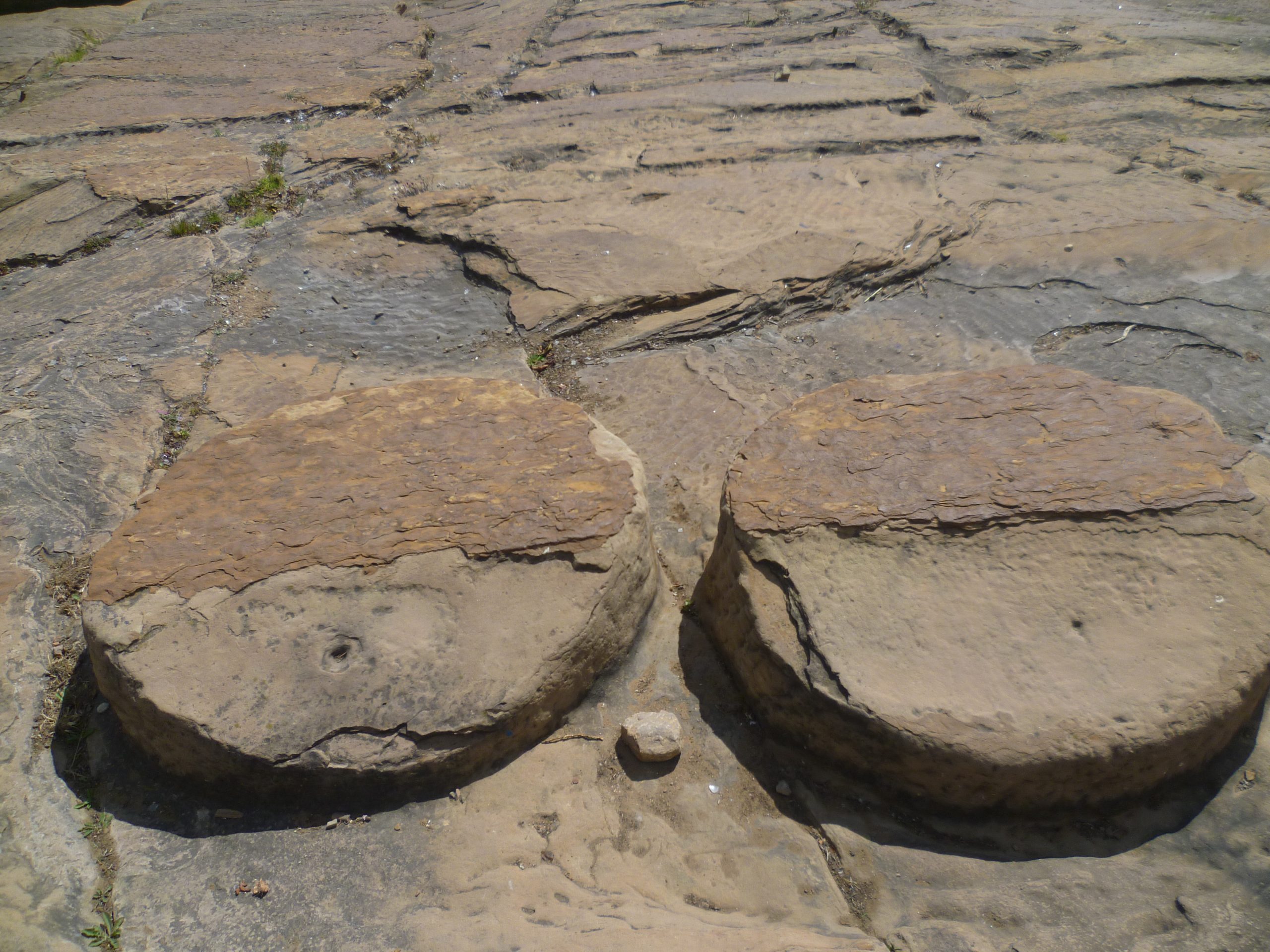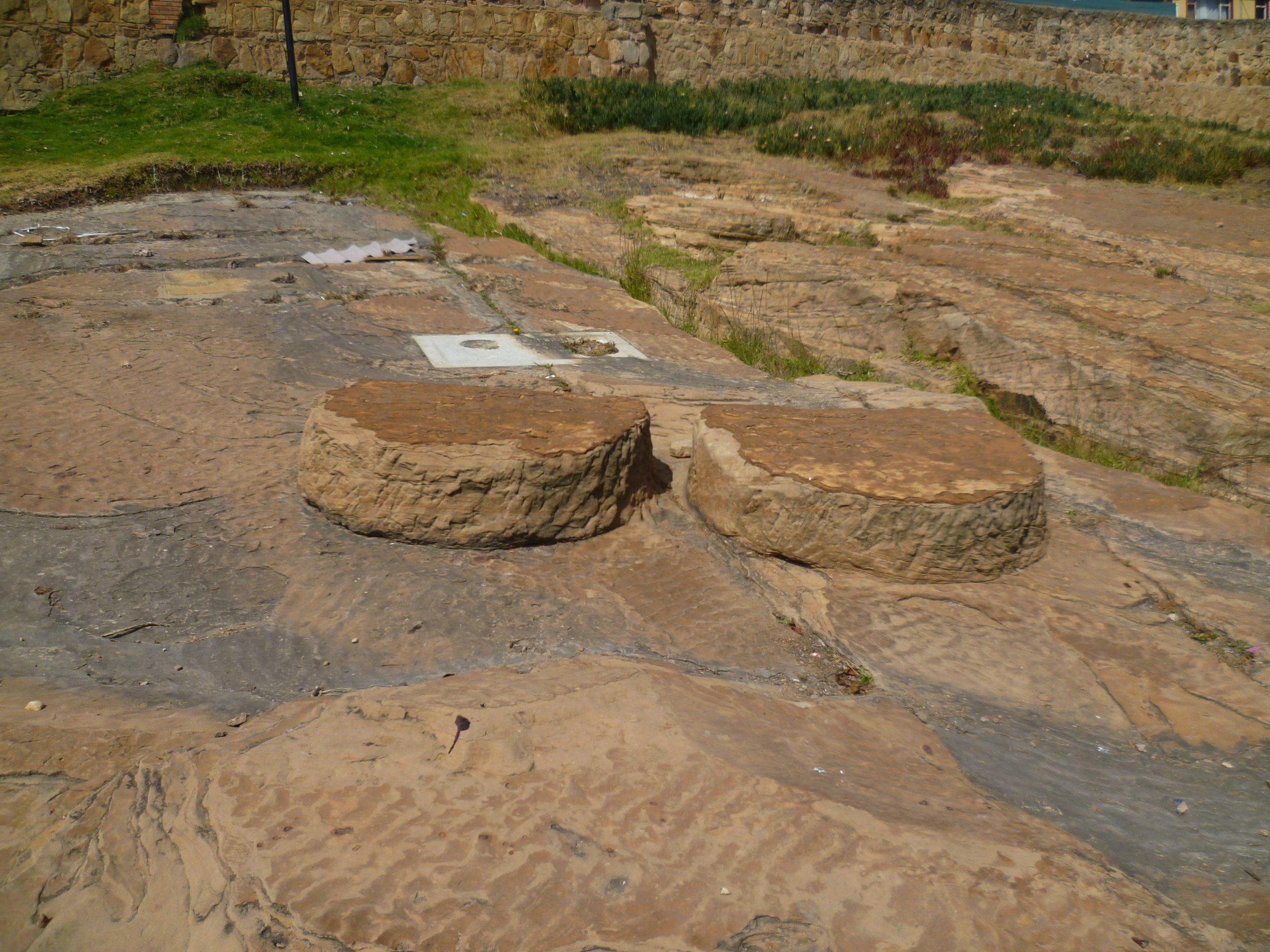The Cojines del Zaque: An Archaeological Insight into Muisca Religious Practices
The Cojines del Zaque, translating to “Cushions of the Zaque” in English, stand as a significant archaeological site located in the city of Tunja, Boyacá. This site, originally known as Hunza, was a central hub in the Muisca Confederation during the pre-Columbian era. The Cojines del Zaque are emblematic of the religious fervor that characterized the Muisca civilization, particularly their veneration of the Sun god Sué and his consort, the Moon goddess Chía. Upon their arrival, the Spanish conquistadores dubbed these sacred stones the Cojines del Diablo, or “Cushions of the Devil,” reflecting their own interpretation of indigenous religious practices.
Get your dose of History via Email
Background
Prior to the Spanish conquest, the Muisca people thrived in the Altiplano Cundiboyacense, a region in the Colombian Andes. This advanced civilization was distinguished by its intricate religious beliefs and rituals, which were predominantly centered around Sué and Chía. The governance of the northern territories of the Muisca Confederation was divided among several rulers, including the iraca of Sugamuxi, the tundama of Tundama, and the zaque, who resided in Hunza.

Description
The Cojines del Zaque are composed of two circular sandstone rocks situated at the base of the San Lázaro hill in Tunja. The dimensions of these stones are notable, with the northernmost Cojín measuring approximately 1.1 meters (3.6 ft) in diameter, and the southern stone measuring around 1 meter (3.3 ft). These stones are strategically oriented in relation to the solar elliptic, featuring an inclined section on the western side and a flat surface on the eastern side. This orientation and design facilitated the zaque’s daily prayers to Sué at sunrise.
Archaeological interest in the Cojines del Zaque dates back to 1847, and in 1928, the city of Tunja officially designated the stones as an archaeological site.
Rituals and Festivities
The daily and seasonal rituals performed at the Cojines del Zaque were integral to Muisca religious life. Each morning, the zaque led a procession from his grand bohío in Hunza to the Cojines to conduct prayers. These rituals were not limited to daily observances but were also integral to the agricultural calendar, particularly during the sowing and harvest months, which correspond to March and September in the Gregorian calendar.
To ensure the fertility of their lands, the Muisca engaged in elaborate festivities around the Cojines del Zaque. These celebrations involved group dances, singing, and the playing of traditional instruments such as flutes, ocarinas, and drums. The consumption of chicha, a typical Muisca alcoholic beverage, was also a common feature of these rituals.
A more somber aspect of the rituals conducted at the Cojines del Zaque involved human sacrifice. Boys, typically twelve years old and captured from other indigenous groups, were sacrificed to the gods. The ritual involved decapitating the boys over the Cojines, allowing their blood to consecrate the stones. The bodies were left as offerings to Sué and were retrieved after several days.
The Cojines del Zaque offer profound insights into the religious practices and worldview of the Muisca people. These sacred stones not only served as a physical space for worship and ritual but also as a symbol of the Muisca’s deep connection to their deities and the natural world. Through the study of such archaeological sites, we gain a deeper understanding of the complex societies that existed in the Americas prior to European contact.
Sources:

